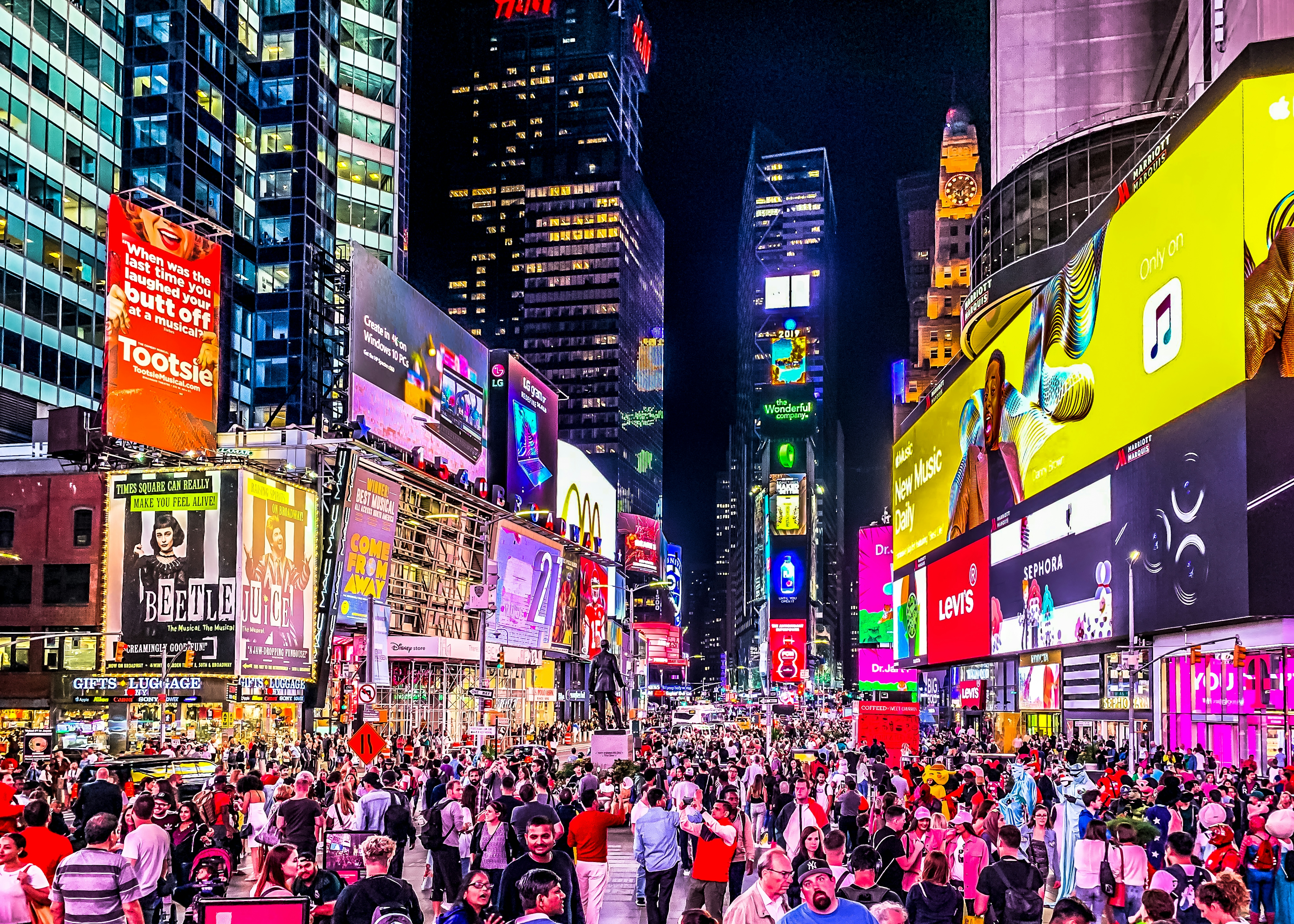How to Add Google Adsense Ads to a Next.js App
Add your Google Adsense client ID as an environment variable.
NEXT_PUBLIC_GOOGLE_ADSENSE=ca-pub-5674178816323888
Then, add the following <script> in the <Head> of _document.tsx.
This way, Google Adsense loads once your Next app mounts.
<script
async
src={`https://pagead2.googlesyndication.com/pagead/js/adsbygoogle.js?client=${process.env.NEXT_PUBLIC_GOOGLE_ADSENSE}`}
crossOrigin="anonymous"
/>
In the Adsense console, create a new ad unit. You'll be asked to copy some code that looks like this. Don't copy it yet. Here's where React will come in.
<script
async
src="https://pagead2.googlesyndication.com/pagead/js/adsbygoogle.js?client=ca-pub-5674178816323888"
crossorigin="anonymous"
></script>
<!-- responsive -->
<ins
class="adsbygoogle"
style="display:block"
data-ad-client="ca-pub-5674178816323888"
data-ad-slot="7181773959"
data-ad-format="auto"
data-full-width-responsive="true"
></ins>
<script>
(adsbygoogle = window.adsbygoogle || []).push({});
</script>
Creating a Google Adsense Ad React Component
The information in the rest of this article applies to any React app whether you're using Next.js, Gatsby.js, Create React App, or a custom React setup.
Inspired by this GitHub comment, create a component to encapsulate your Google ad.
import {useEffect} from 'react';
export function GoogleAd() {
useEffect(() => {
try {
// @ts-ignore
(window.adsbygoogle = window.adsbygoogle || []).push({});
} catch (err) {
console.error(err);
}
}, []);
return (
<ins
className="adsbygoogle"
style={{display: 'block'}}
data-ad-client={process.env.NEXT_PUBLIC_GOOGLE_ADSENSE}
data-ad-slot="7181773959"
data-ad-format="auto"
data-full-width-responsive="true"
/>
);
}
Now you can place your Google ad where you want.
Supporting Multiple Ad Unit Types
Define an enum for each ad unit you define. For example,
export enum AdType {
DEFAULT,
ARTICLE,
VERTICAL,
}
Then, set up a Record that maps each ad unit to its corresponding
props.
const adUnitProps: Record<AdType, any> = {
[AdType.DEFAULT]: {
'data-ad-slot': '7181773959',
'data-ad-format': 'auto',
'data-full-width-responsive': 'true',
},
[AdType.ARTICLE]: {
'data-ad-slot': '3197857275',
'data-ad-format': 'fluid',
'data-ad-layout': 'in-article',
},
[AdType.VERTICAL]: {
'data-ad-slot': '8863578035',
'data-ad-format': 'auto',
'data-full-width-responsive': 'true',
},
};
Modify your GoogleAd component to accept a type prop.
import {useEffect} from 'react';
interface GoogleAdProps {
variant?: AdType;
}
export function GoogleAd({variant = AdType.DEFAULT}: GoogleAdProps) {
useEffect(() => {
try {
// @ts-ignore
(window.adsbygoogle = window.adsbygoogle || []).push({});
} catch (err) {
console.error(err);
}
}, []);
return (
<ins
className="adsbygoogle"
style={{display: 'block'}}
data-ad-client={process.env.NEXT_PUBLIC_GOOGLE_ADSENSE}
{...adUnitProps[variant]}
/>
);
}
Now you should be able to use Google Adsense ads on your Next.js site.
Fixing Overflow with Adsense Ads
Sometimes the ads can overflow when resizing the viewport.
Here's what it could look like.
Main Content
Ad
Following Google's advice on overflow issues, we'll hide the overflow content.
<div style={{overflow: 'hidden'}}>
<ins
className="adsbygoogle"
style={{display: 'block'}}
data-ad-client={process.env.NEXT_PUBLIC_GOOGLE_ADSENSE}
{...adUnitProps[variant]}
/>
</div>
Setting overflow: 'hidden' might cut off part of your ad
when the viewport's resized. But at least the ad won't
break your site's layout if the viewport shrinks.
Here's what it looks like when you set overflow: 'hidden'.
Main Content
Ad
Preventing Cumulative Layout Shift with Google Adsense
Cumulative Layout Shift (CLP) occurs when the ad pushes your content out of the way after loading. CLP will hurt your Lighthouse score and SEO.
To minimize layout shift, preemptively set a height and width to make room for your ad.
<div style={{overflow: 'hidden', minWidth: '300px', minHeight: '250px'}}>
<ins
className="adsbygoogle"
style={{display: 'block'}}
data-ad-client={process.env.NEXT_PUBLIC_GOOGLE_ADSENSE}
{...adUnitProps[variant]}
/>
</div>
Remove Ads from Assistive Technologies like Screen Readers
The problem with Google Adsense ads is you inject an <iframe> containing
the advertisers content and markup on your site.
Then, when you run a Lighthouse check on your site, the advertiser's problems
become your problem. If the ad contains bad HTML decisions, you will get
dinged for it.
Let's address this by hiding the aria contained by the ad. It doesn't make sense to expose an ad to assistive technologies like screen readers anyway. But you should do your own testing and see if it makes sense to follow this advice for your own business.
If you make this change, then your Lighthouse score won't be affected by any crap the advertiser puts in their markup.
<div
aria-hidden={true}
style={{overflow: 'hidden', minWidth: '300px', minHeight: '250px'}}
>
<ins
className="adsbygoogle"
style={{display: 'block'}}
data-ad-client={process.env.NEXT_PUBLIC_GOOGLE_ADSENSE}
{...adUnitProps[variant]}
/>
</div>
Hope this info helps you prosper. 💸



